Home>Garden Essentials>How Do You Keep Birds From Eating Grass Seed
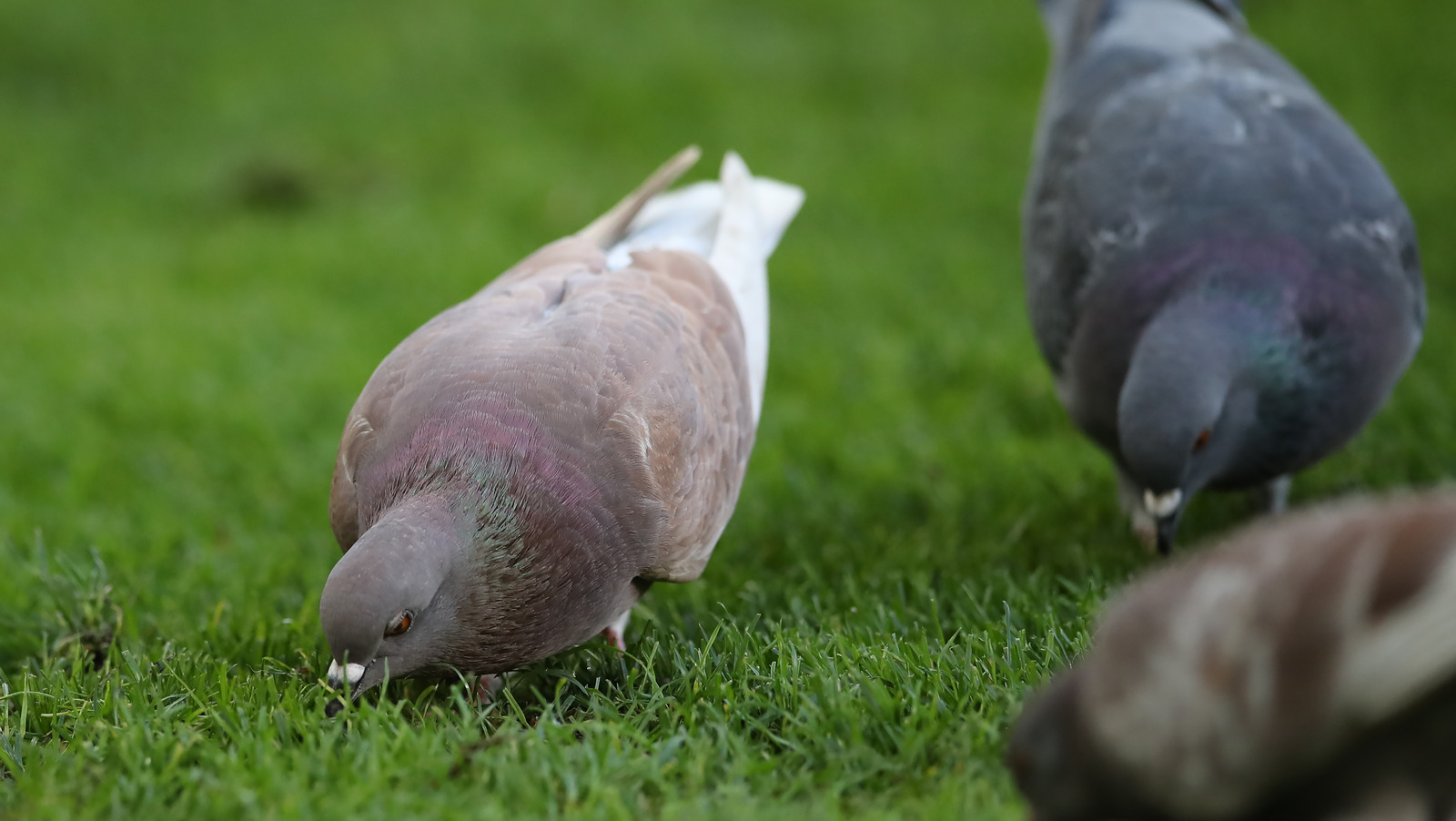

Garden Essentials
How Do You Keep Birds From Eating Grass Seed
Modified: March 16, 2024
Looking to protect your garden from birds eating your grass seed? Discover effective strategies and solutions to keep birds away from your garden and preserve your precious grass seed.
(Many of the links in this article redirect to a specific reviewed product. Your purchase of these products through affiliate links helps to generate commission for Storables.com, at no extra cost. Learn more)
Introduction
Welcome to our comprehensive guide on how to keep birds from eating grass seed. If you have recently planted a new lawn or overseeded an existing one, you may have experienced the frustration of birds swooping in and feasting on your hard work. Not only can this hinder grass seed germination and growth, but it can also lead to patchy and uneven results.
But fear not, we are here to help you protect your grass seed and achieve a lush and healthy lawn. In this article, we will explore various methods and strategies to deter birds from your lawn and keep them from devouring your precious grass seed.
Before we dive into the solutions, let’s take a closer look at why birds are attracted to grass seed in the first place.
Read more: What Do Birds Eat From The Grass
Understanding the Problem
Birds are naturally drawn to grass seed for several reasons. Firstly, grass seed is a nutritious food source for many bird species. The seeds provide them with essential nutrients and energy. Secondly, the soft and loose soil that comes with freshly planted grass seed creates an ideal environment for birds to forage and dig for insects, which further adds to their attraction.
While birds play an important role in the ecosystem, their feeding habits can disrupt the growth of your grass seed and affect the overall appearance of your lawn. Therefore, it’s essential to employ effective deterrents to protect your investment and ensure optimal results.
(Word count: 208)
Key Takeaways:
- Protect your grass seed from birds by using reflective objects, predator decoys, natural predators, aromatic plants, and motion-activated sprinklers. These methods create a less appealing environment for birds, encouraging them to seek food elsewhere.
- Create a bird-free zone for your grass seed with scarecrows, noise-making devices, balloons, flags, and predator sounds. Combine physical barriers like mesh netting, chicken wire, and fencing to effectively prevent bird access.
Understanding the Problem
Before we delve into the various methods of deterring birds from eating grass seed, it’s important to understand the root causes of their attraction. By gaining insight into their behavior and motivations, we can devise effective strategies to combat the issue.
First and foremost, birds are attracted to grass seed because it serves as a valuable food source. Many bird species have a natural diet that includes seeds, and grass seed is no exception. It provides them with essential nutrients and energy to fuel their daily activities.
Additionally, freshly planted grass seed creates an inviting environment for birds. The loose soil and exposed seeds make it easy for them to forage and dig for insects, which are plentiful in such areas. This combination of food sources, both seeds and insects, makes your lawn an attractive destination for feathered visitors.
It’s important to note that not all bird species pose a threat to your grass seed. While some birds may be more inclined to feed on it, others may not show much interest. The species that commonly target grass seed include pigeons, sparrows, blackbirds, and finches. These birds have adapted their feeding habits and learned to take advantage of abundant food sources in urban and suburban settings.
The consequences of birds eating grass seed can be detrimental to your lawn’s health and appearance. When birds actively feed on the seed, they scatter it around, causing uneven distribution. This can result in patchy growth and an unsightly lawn with bare spots. Additionally, birds may disturb the soil, dislodging and damaging the delicate seeds, further hindering germination and growth.
Now that we have a better understanding of the problem, it’s time to explore effective methods and techniques for deterring birds from feasting on your grass seed.
(Word count: 256)
Natural Bird Deterrents
If you’re looking for a humane and environmentally-friendly way to keep birds away from your grass seed, natural deterrents can be highly effective. These methods work by making the environment less appealing to birds, encouraging them to seek food elsewhere.
1. Reflective Objects: Birds are wary of shiny and reflective surfaces, as they resemble predators. Hang reflective objects such as old CDs, aluminum foil strips, or wind chimes near your lawn. The movement and glimmering reflections will discourage birds from landing and feeding.
2. Predator Decoys: Use scarecrow or owl decoys placed strategically around your lawn. Birds perceive these decoys as potential threats and are less likely to approach the area. Remember to occasionally move the decoys to avoid birds getting accustomed to their presence.
3. Natural Predators: Encourage natural predators of birds, such as hawks or falcons, to frequent your area. You can do this by installing perches or nesting boxes for these birds of prey. The presence of a predator will deter smaller birds from venturing too close.
4. Plants with Strong Aromas: Certain plants have strong scents that birds find unpleasant. Consider planting aromatic herbs like rosemary, lavender, or basil around the perimeter of your lawn. The smell will deter birds from approaching the area.
5. Motion-Activated Sprinklers: Install motion-activated sprinklers in your lawn that automatically spray water when birds come near. The sudden burst of water will startle them and discourage them from returning.
6. Netting: Covering your grass seed with fine mesh netting can provide an effective physical barrier against birds. The netting allows sunlight and water to reach the seeds while preventing birds from accessing them.
Remember to combine different natural deterrents to maximize their effectiveness. Rotate or move the deterrents regularly to prevent birds from habituating to them. It’s important to note that natural deterrents can work well for smaller areas, but for larger lawns, additional methods may be necessary.
By utilizing these natural bird deterrents, you can protect your grass seed and promote healthy growth without causing harm to the birds or the environment.
(Word count: 328)
Physical Barriers
When it comes to protecting your grass seed from birds, physical barriers can be highly effective in preventing access. These barriers create a physical obstacle that birds cannot easily overcome, keeping them away from your precious seeds.
1. Mesh Netting: One of the most common and effective physical barriers is mesh netting. Cover your newly seeded lawn with fine mesh netting, securing it tightly around the perimeter. The netting allows sunlight, water, and air to penetrate while preventing birds from reaching the seeds. Be sure to remove the netting once your grass has established, as leaving it in place can hinder the healthy growth of your lawn.
2. Chicken Wire: Another option is to use chicken wire to create a protective barrier. Lay the chicken wire over the seeded area and secure it in place with stakes or weights. The small openings in the wire mesh prevent birds from accessing the seeds while still allowing for proper airflow.
3. Row Covers: If you have a smaller area or raised garden beds, consider using row covers made from lightweight fabric or plastic. These covers can be laid directly over the grass seed, creating a physical barrier that prevents bird intrusion. Secure the covers with stakes or clips to keep them in place.
4. Fencing: If you have a larger lawn or want a more long-term solution, consider installing a perimeter fence. Choose a fence with small gaps or use a solid fence that is tall enough to deter birds from flying over it. Ensure that the fence is installed securely to prevent any gaps or openings.
5. Plant Borders: Create a natural physical barrier by planting shrubs, hedges, or tall grasses around the perimeter of your lawn. These dense plantings act as a deterrent, making it more difficult for birds to access the area where your grass seed is planted.
Remember to inspect and maintain your physical barriers regularly to ensure that there are no gaps or areas where birds can gain entry. It’s also important to remove the barriers once your grass has established, allowing it to grow freely.
Using physical barriers, you can effectively safeguard your grass seed from bird damage and create an environment conducive to healthy and uniform lawn growth.
(Word count: 341)
Read more: How To Keep Birds From Eating My Grass Seed
Scare Tactics
Scare tactics can be a great way to deter birds from your grass seed by creating an environment that birds perceive as unsafe or threatening. These methods make use of visual and auditory stimuli to scare away birds and prevent them from feasting on your newly planted lawn.
1. Scarecrows: The classic scarecrow method can be surprisingly effective. Place a scarecrow in your lawn, making it visible from all angles. Dress the scarecrow in clothes and accessories, and place it in a lifelike position. The presence of a human-like figure can deter birds from approaching your grass seed.
2. Reflective Objects: Hanging reflective objects, such as shiny tape or old CDs, can create a visual deterrent for birds. The movement and glinting reflections will startle and confuse the birds, discouraging them from landing near your grass seed.
3. Noise-Making Devices: Use noise-making devices that emit loud and unexpected sounds to scare birds away. These devices can include wind chimes, aluminum pie plates, or even a motion-activated sprinkler that makes a sudden noise. The element of surprise can effectively startle birds and discourage them from returning.
4. Balloons and Flags: Hang balloons or flags around your lawn to create movement and noise. Birds are often frightened by unfamiliar objects fluttering in the wind, making the area less attractive for them to land and feed.
5. Predator Sounds: Play recorded bird of prey or predator calls on a loop to create an atmosphere of danger. Birds will recognize these sounds as a threat and will likely stay away from the area. You can find pre-recorded predator calls online or purchase bird deterrent devices that emit these sounds.
It’s essential to frequently change the location and arrangement of scare tactics to prevent birds from becoming accustomed to them. Birds are intelligent creatures and can quickly adapt to static scare devices.
By implementing scare tactics, you can effectively disrupt the feeding patterns of birds and discourage them from feasting on your grass seed. Remember to combine multiple scare methods for increased effectiveness.
(Word count: 317)
To keep birds from eating grass seed, try covering the seeded area with a thin layer of straw or using a bird netting to create a physical barrier. This will help protect the seeds until they have a chance to germinate and establish.
Audio and Visual Deterrents
Audio and visual deterrents can be highly effective in deterring birds from your grass seed by creating a visually and audibly unappealing environment. These methods work by utilizing specific patterns, movements, or sounds that birds find intimidating or irritating.
1. Scary Eye Balloons: Scary eye balloons feature large, intimidating eyes that birds perceive as a threat. Hang these balloons around your lawn, and the eyes will constantly watch over the area, deterring birds from approaching and feeding on your grass seed.
2. Decoy Predators: Place decoys of predatory birds, such as owls or hawks, in your lawn. These lifelike decoys will create the illusion of a predator presence, causing birds to stay away. Change the location and orientation of the decoys periodically to maintain their effectiveness.
3. Ultrasonic Bird Repellers: Ultrasonic devices emit high-frequency sounds that are inaudible to humans but irritating to birds. Install these repellers around your lawn, and they will emit ultrasonic waves that deter birds from the area. Be sure to choose a device with adjustable frequency and volume settings for maximum effectiveness.
4. Visual Scare Devices: Various visual devices are designed to startle and deter birds. These devices include rotating reflectors, spinning pinwheels, or inflatable scare snakes. The constant movement and changing patterns will confuse and intimidate birds, discouraging them from landing and feeding on your grass seed.
5. BirdGard Pro: BirdGard Pro is an electronic bird control system that uses recordings of distress calls and predator sounds to deter birds. The system plays these sounds intermittently to create the impression of an unsafe environment, causing birds to avoid the area altogether.
Remember to regularly rearrange or relocate the audio and visual deterrents to prevent birds from becoming habituated to them. Birds are intelligent creatures and can quickly adapt to static stimuli.
By incorporating audio and visual deterrents into your bird control strategy, you can create a hostile environment for birds and protect your grass seed from being devoured.
(Word count: 317)
Chemical Repellents
Chemical repellents can be an effective means of deterring birds from your grass seed by creating an unpleasant taste or smell that birds find unappetizing. While chemical repellents should be used with caution and according to the manufacturer’s instructions, they can provide a long-lasting solution to bird infestation.
1. Bitter-tasting Repellents: Some commercial products contain bitter compounds that birds find distasteful. These repellents are sprayed onto the grass seed, creating a deterrent that birds can detect when they try to feed on the seeds. The bitter taste discourages birds from continuing to consume the seed.
2. Hot Pepper-based Sprays: Hot pepper-based sprays contain capsaicin, the compound responsible for the spicy taste in peppers. Birds have a sensitive taste and are particularly averse to the heat of capsaicin. Spray the solution onto the grass seed to create a repellent barrier that birds will avoid.
3. Garlic and Onion Sprays: Garlic and onion sprays can be effective bird repellents due to their strong smell. Birds find the aroma unpleasant and will be deterred from approaching the treated area. Dilute garlic or onion juice with water and spray it onto the grass seed to create an effective barrier.
4. Methyl Anthranilate: Methyl anthranilate is a grape extract that has shown promise as a bird repellent. It is non-toxic to birds but emits a scent that birds find disagreeable. Dilute methyl anthranilate with water and spray it onto the grass seed to protect it from bird damage.
It’s important to follow the instructions provided by the manufacturer when using chemical repellents. Be sure to apply them sparingly and evenly to avoid harming the grass seed or surrounding vegetation. Keep in mind that chemical repellents may need to be reapplied after rainfall or irrigation.
Consider combining chemical repellents with other deterrent methods to increase their effectiveness. This will help create a multi-layered defense system against birds.
Chemical repellents can provide a long-lasting and reliable solution for protecting your grass seed from bird feeding. However, if you prefer a more natural or organic approach, there are many other methods available to deter birds without the use of chemicals.
(Word count: 319)
Tips for Success
Successfully deterring birds from eating your grass seed requires a combination of strategies and proper maintenance. Here are some tips to enhance the effectiveness of your bird control methods:
1. Timing: Plan your grass seed planting during seasons when bird activity is minimal. This will reduce the likelihood of birds being attracted to your lawn during the critical germination and growth phases.
2. Seed Coverage: Ensure that your grass seed is evenly distributed and properly covered with soil. Dense seed coverage will deter birds from accessing individual seeds and lessen their interest in your lawn.
3. Maintain Good Lawn Care: Keep your lawn well-maintained with regular mowing and watering. A healthy and vigorous lawn is less appealing to birds as they prefer areas with loose soil and exposed seeds.
4. Vary Deterrent Methods: Birds can quickly adapt to static scare tactics. Change the location and arrangement of deterrents regularly to prevent birds from habituating to them. This will help maintain their effectiveness over time.
5. Combine Multiple Deterrents: Implement a combination of scare tactics, physical barriers, and natural deterrents for maximum effectiveness. By using multiple methods, you create a multi-layered defense system that birds are less likely to overcome.
6. Continual Monitoring: Regularly inspect your lawn for signs of bird activity and adjust your bird control measures accordingly. This proactive approach helps you address any potential issues before they become major problems.
7. Remove Attractants: Keep your lawn free from other bird attractants, such as bird feeders or fallen fruits. Minimizing other food sources will make your grass seed less enticing to birds.
8. Persistence: It may take time for birds to learn that your lawn is no longer a reliable food source. Be patient and persistent with your bird control methods, and eventually, the birds will seek alternative feeding grounds.
9. Observe Local Regulations: Ensure that you are in compliance with any local regulations or restrictions regarding bird control methods. Some areas may have specific guidelines in place to protect bird populations.
By following these tips and adapting your approach as needed, you can successfully deter birds from eating your grass seed and achieve a beautiful, healthy lawn.
(Word count: 321)
Read more: How To Stop Squirrels From Eating Bird Seed
Conclusion
Protecting your grass seed from bird damage is essential for achieving a lush and healthy lawn. By utilizing a combination of natural deterrents, physical barriers, scare tactics, audio and visual deterrents, and chemical repellents, you can successfully discourage birds from feasting on your hard work.
Understanding the problem and the motivations behind bird behavior is crucial for implementing effective bird control strategies. Birds are attracted to grass seed due to its nutritional value and the inviting environment of freshly planted soil. By employing various methods to disrupt their feeding habits, you can minimize their impact on the growth and appearance of your lawn.
Natural deterrents such as reflective objects, predator decoys, natural predators, aromatic plants, motion-activated sprinklers, and netting offer humane and eco-friendly options for bird control. These methods make the environment less appealing to birds, encouraging them to seek food elsewhere.
Scare tactics using scarecrows, reflective objects, noise-making devices, balloons, flags, and predator sounds create an environment that birds perceive as unsafe or threatening. These visual and auditory stimuli deter birds from landing and feeding on your grass seed.
Physical barriers such as mesh netting, chicken wire, row covers, fencing, and plant borders provide a physical obstacle that birds cannot easily overcome. These barriers effectively prevent birds from accessing the grass seed, allowing it to germinate and grow undisturbed.
Audio and visual deterrents, including scary eye balloons, decoy predators, ultrasonic bird repellers, visual scare devices, and bird deterrent devices, create an unappealing environment for birds through sensory stimuli that they find intimidating or irritating.
Chemical repellents such as bitter-tasting repellents, hot pepper-based sprays, garlic and onion sprays, and methyl anthranilate create taste or smell that birds find unappetizing. These repellents discourage birds from feeding on your grass seed.
To maximize the effectiveness of your bird control methods, follow some key tips for success, such as proper timing of grass seed planting, maintaining good lawn care practices, varying deterrent methods, combining multiple deterrents, continual monitoring, removing attractants, and being persistent in your efforts.
In conclusion, by understanding the behavior of birds and implementing a combination of deterrent methods, you can successfully protect your grass seed from bird damage and achieve a beautiful, thriving lawn. Remember to choose methods that align with your preferences, follow best practices, and comply with local regulations for bird control.
Frequently Asked Questions about How Do You Keep Birds From Eating Grass Seed
Was this page helpful?
At Storables.com, we guarantee accurate and reliable information. Our content, validated by Expert Board Contributors, is crafted following stringent Editorial Policies. We're committed to providing you with well-researched, expert-backed insights for all your informational needs.
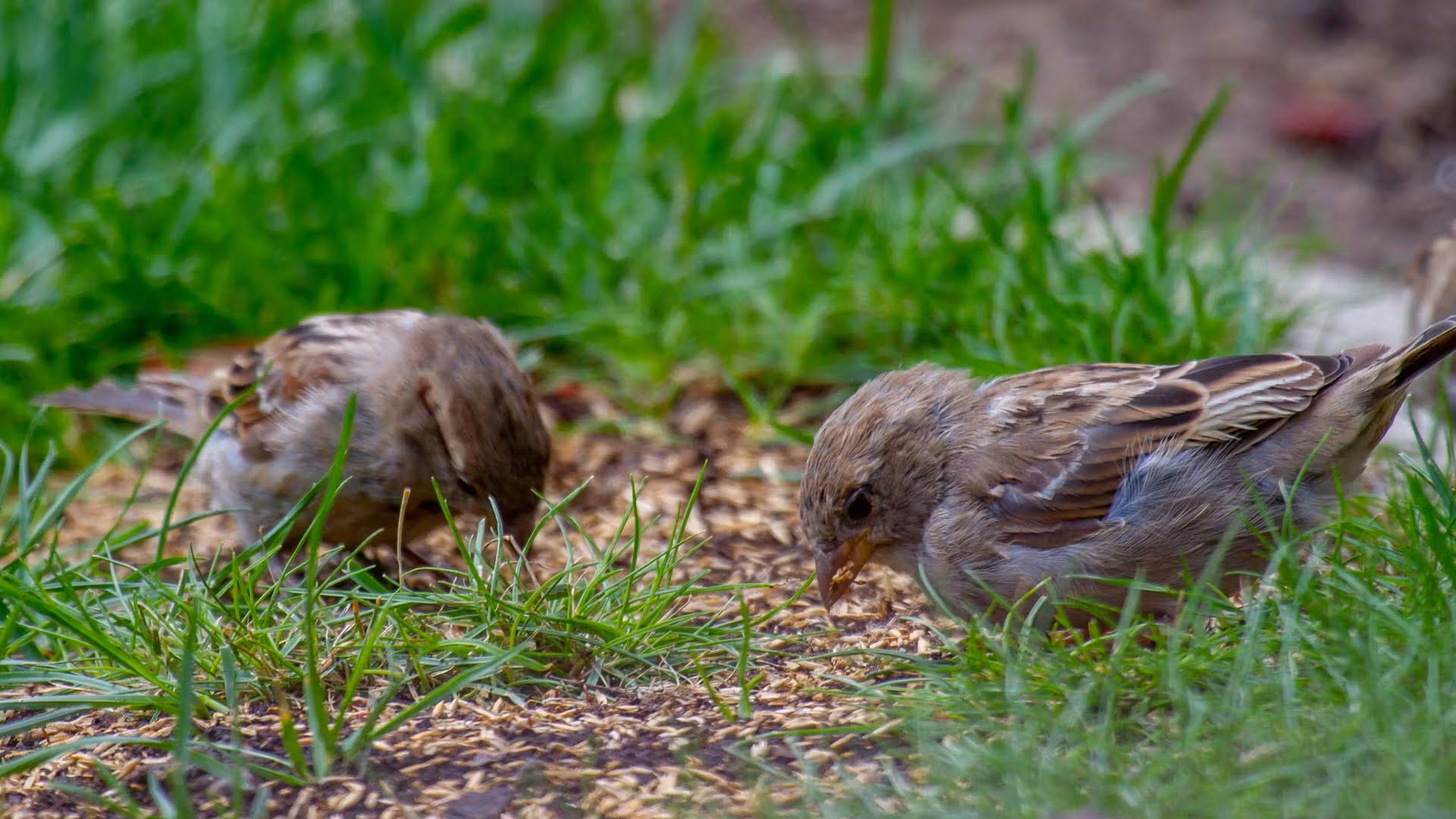
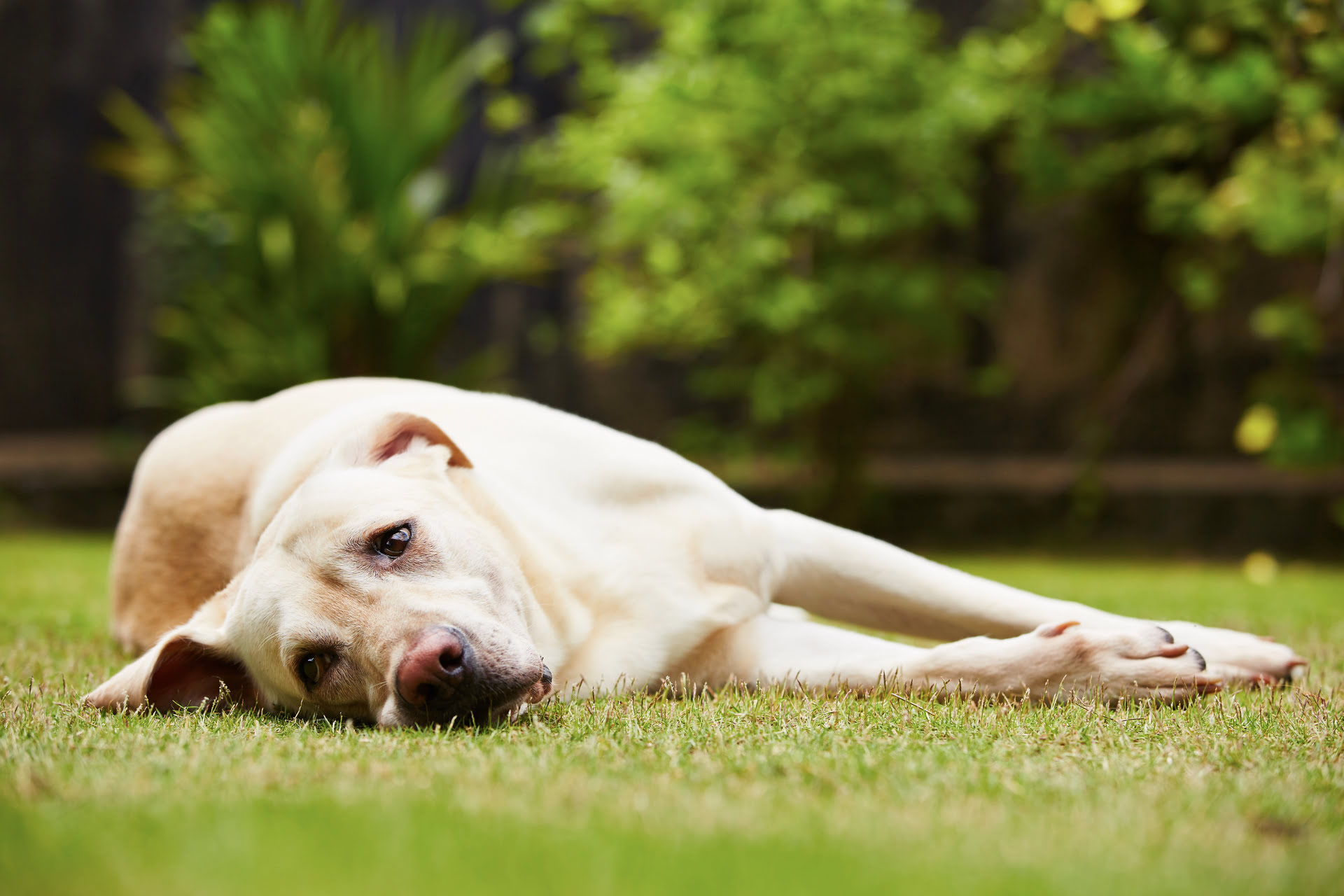
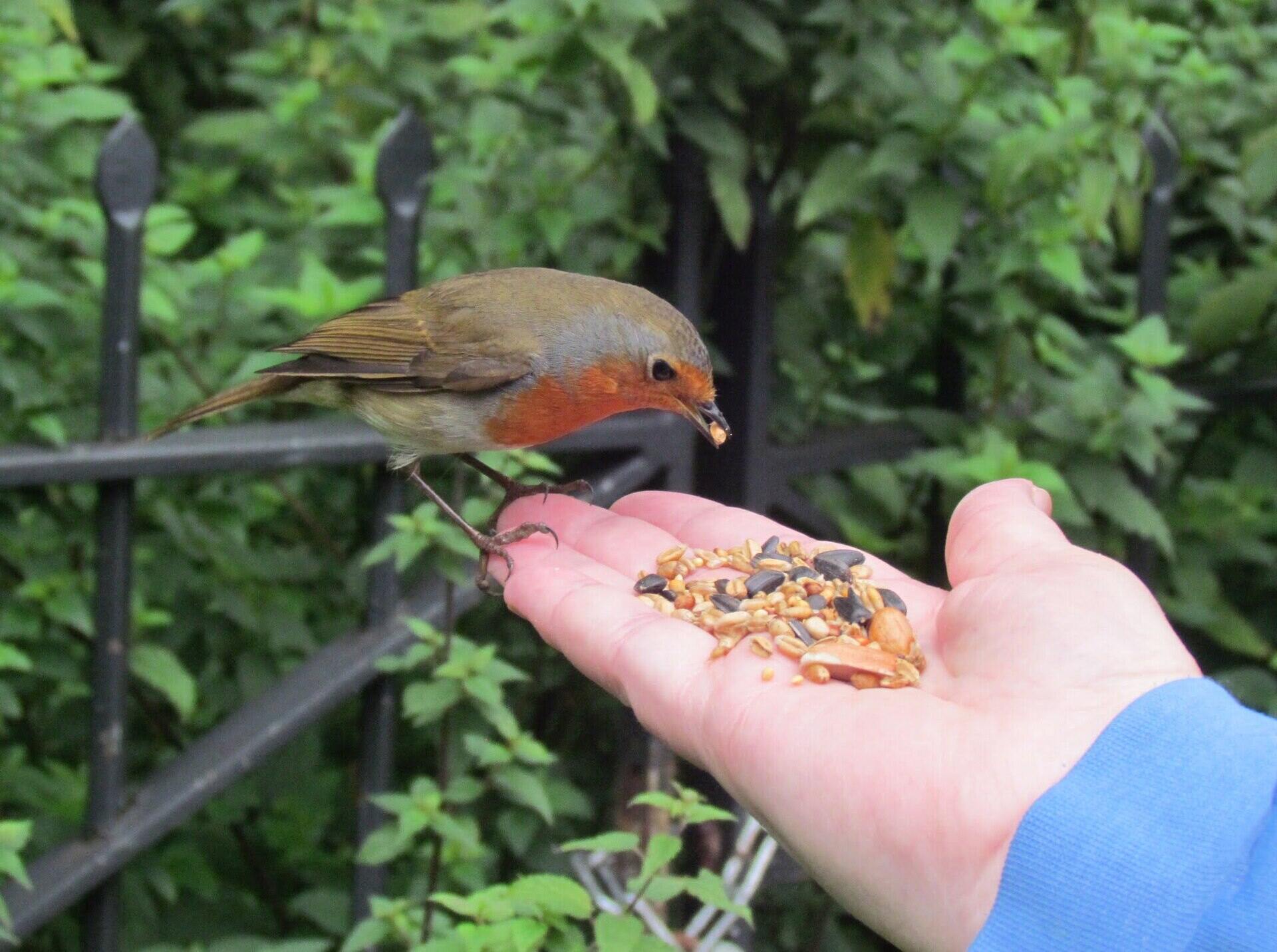
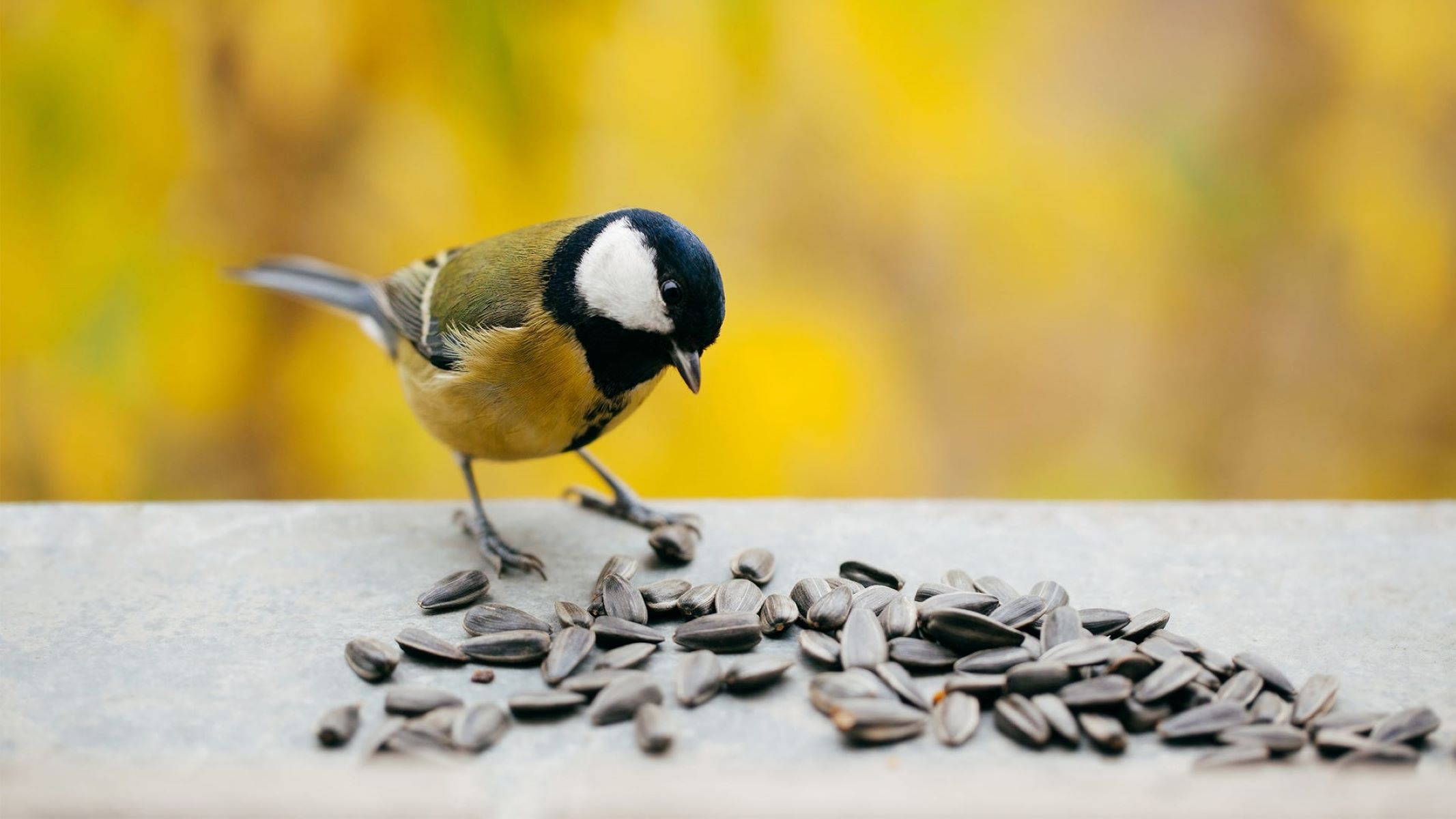
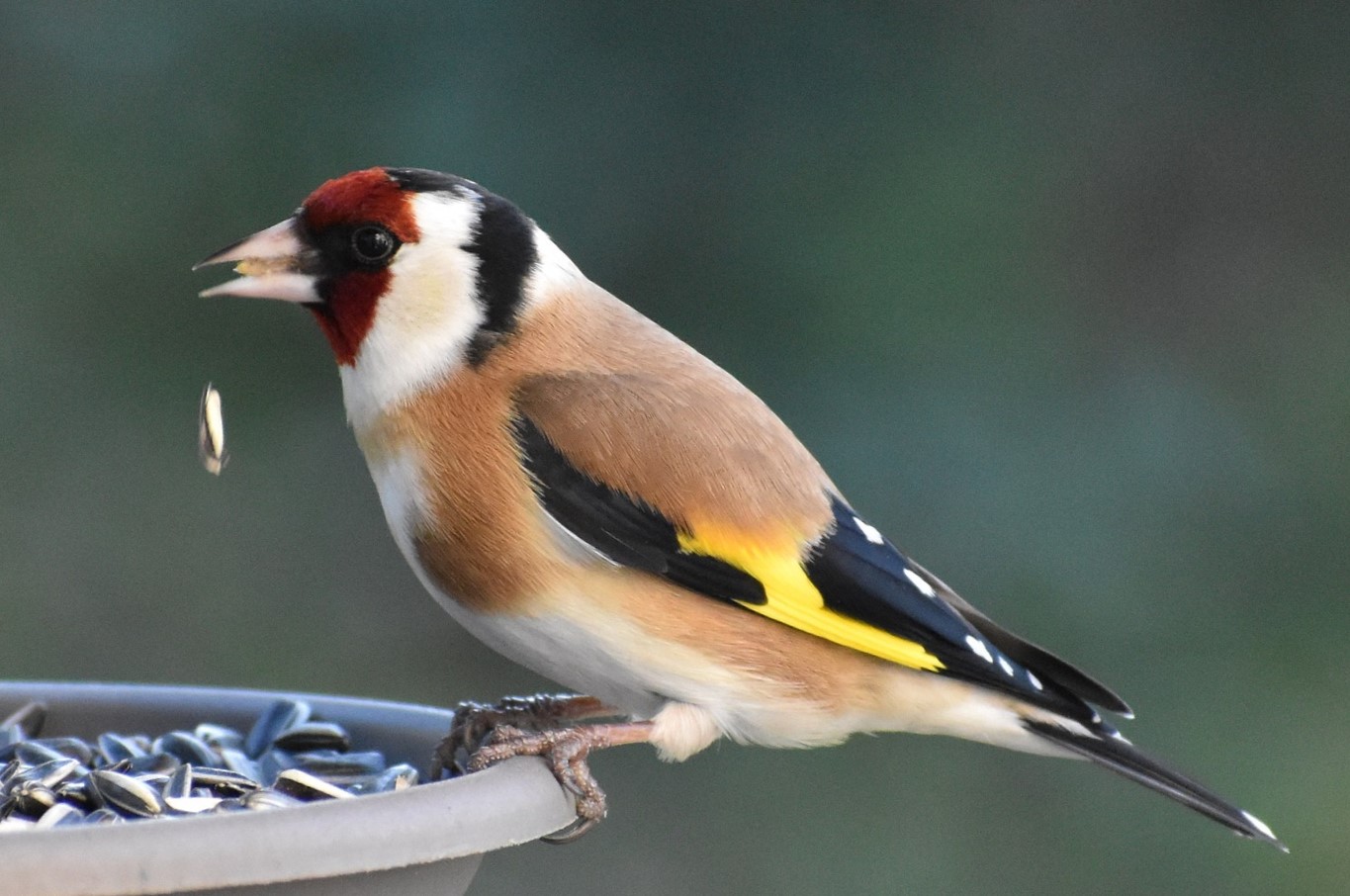
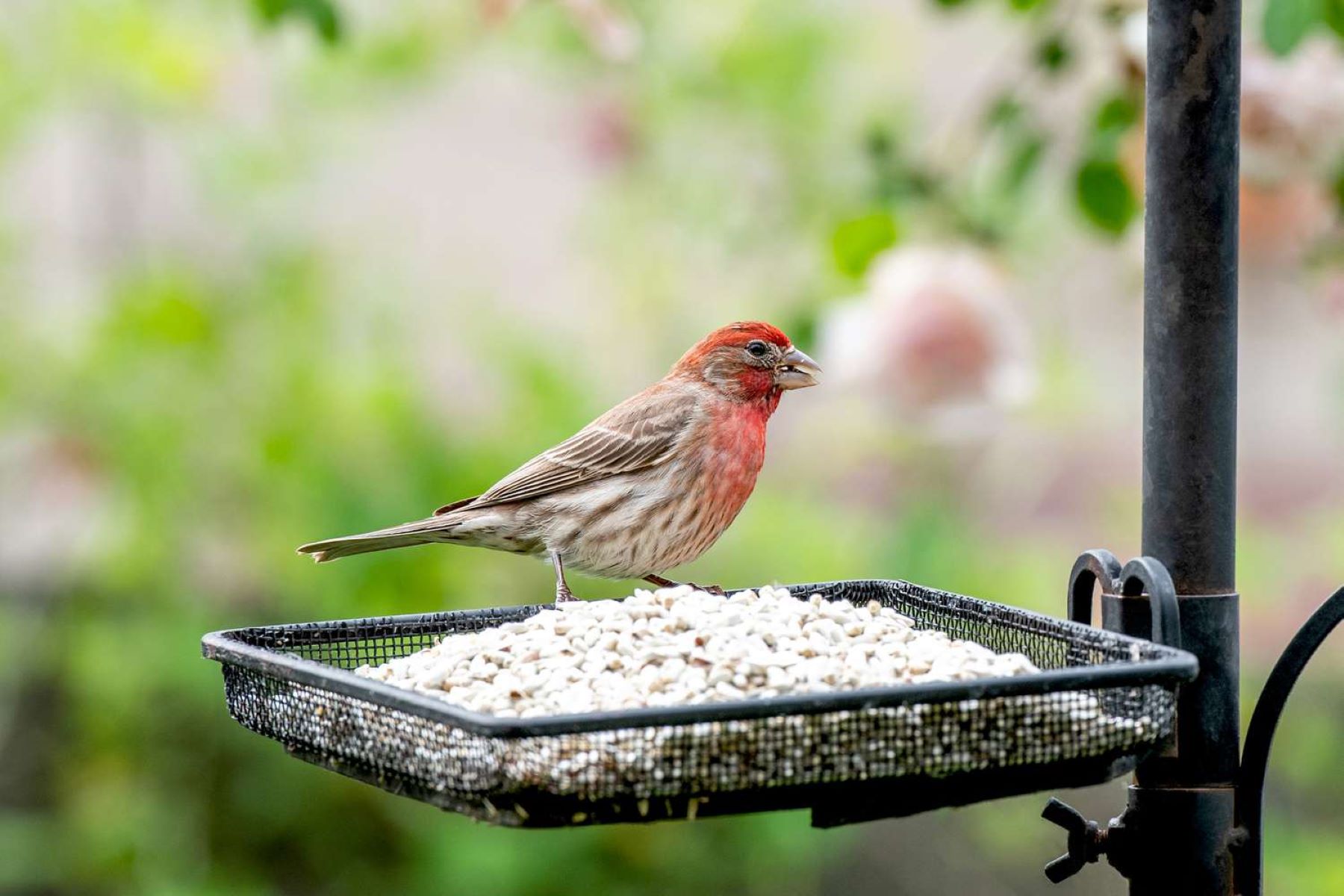
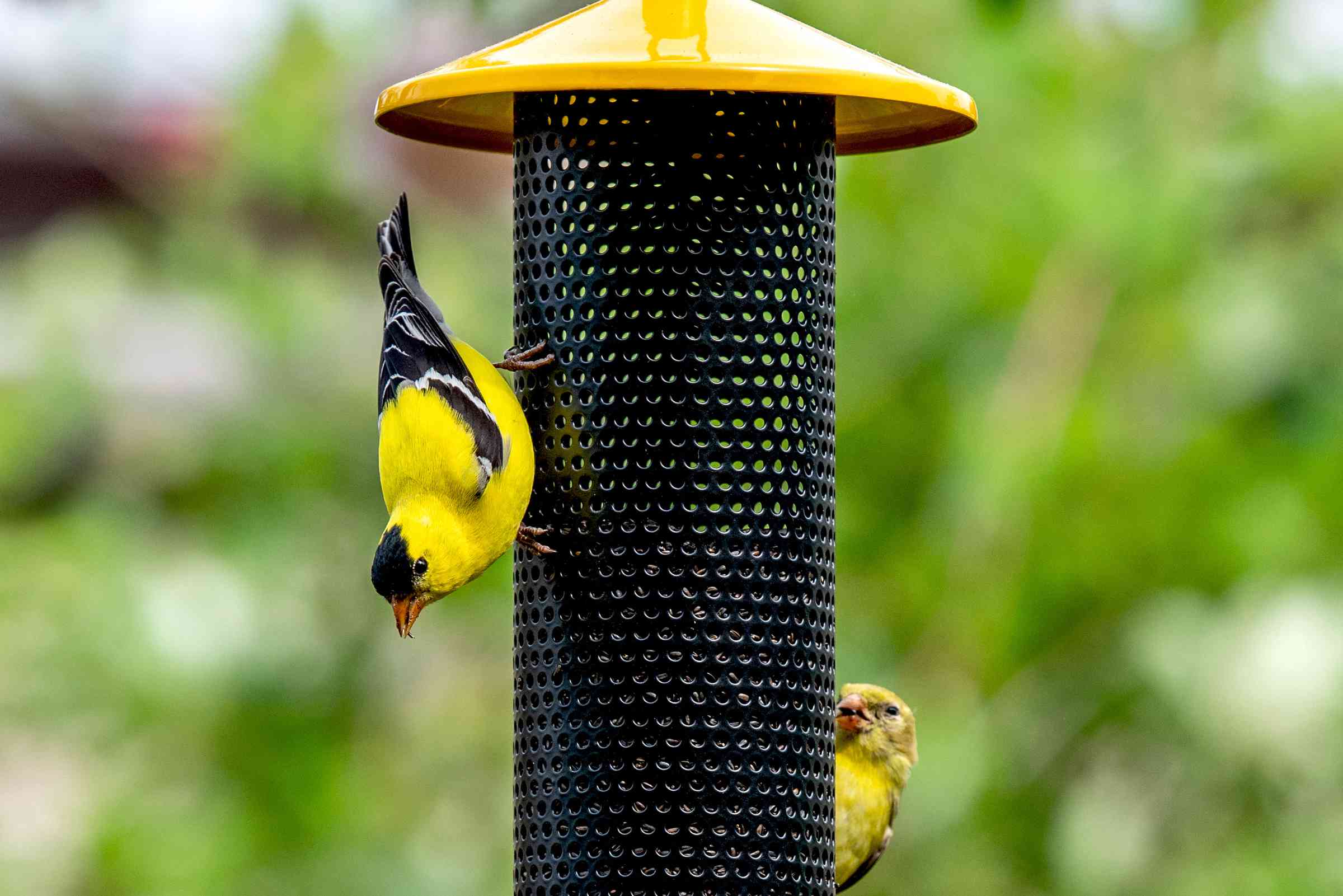
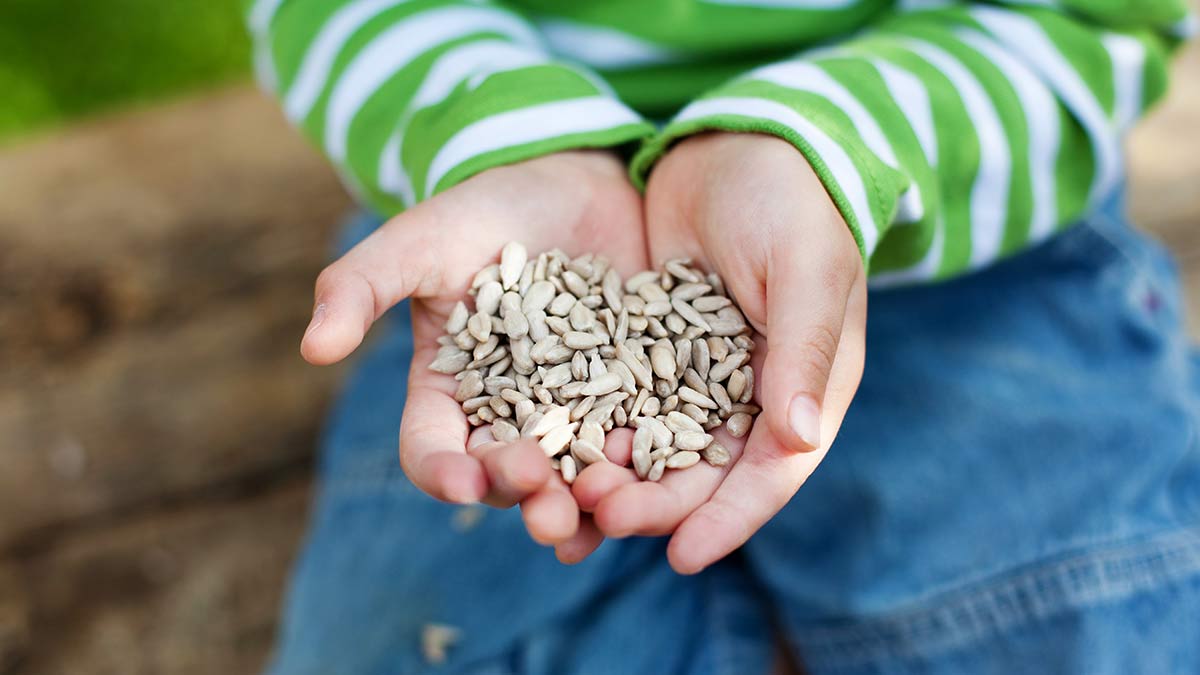

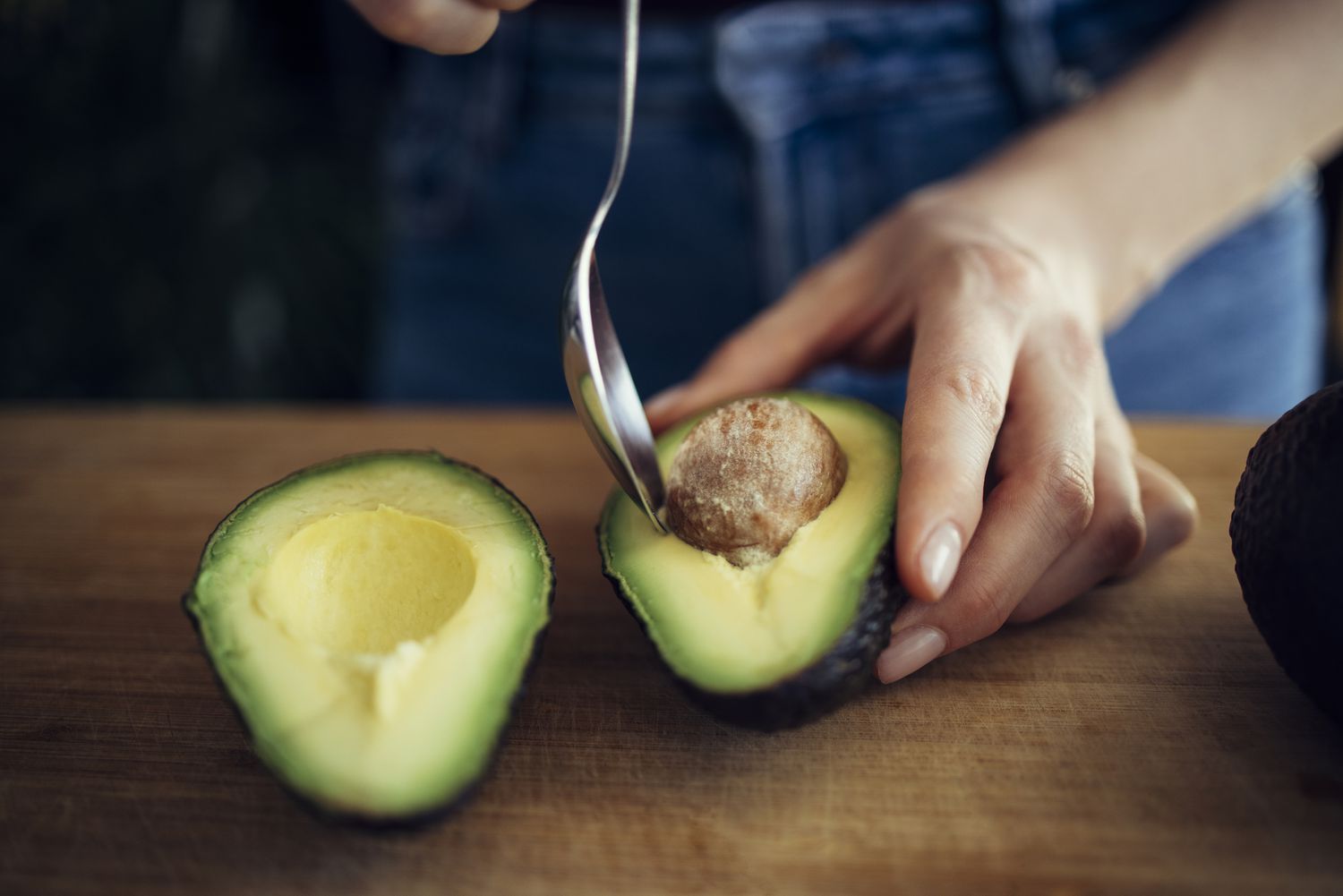
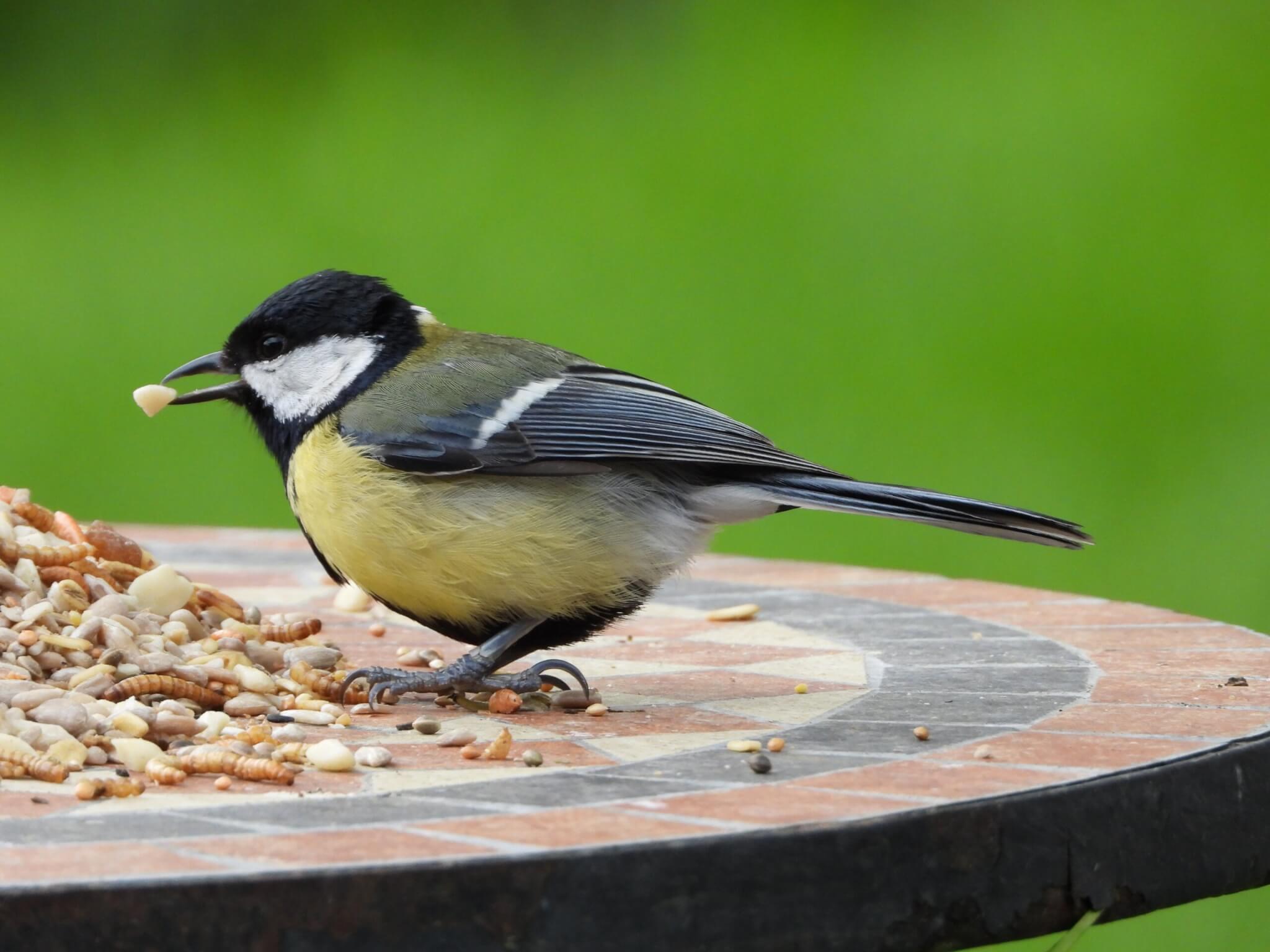
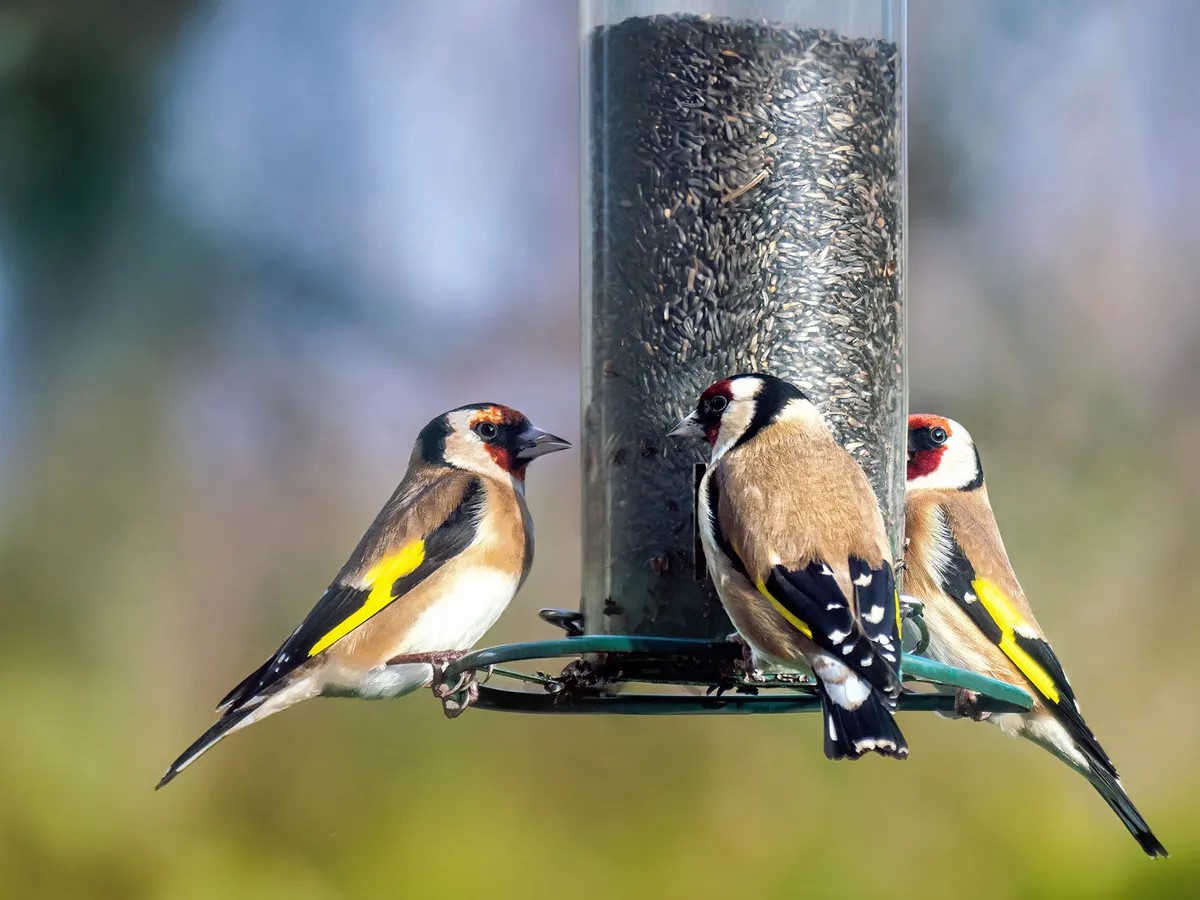
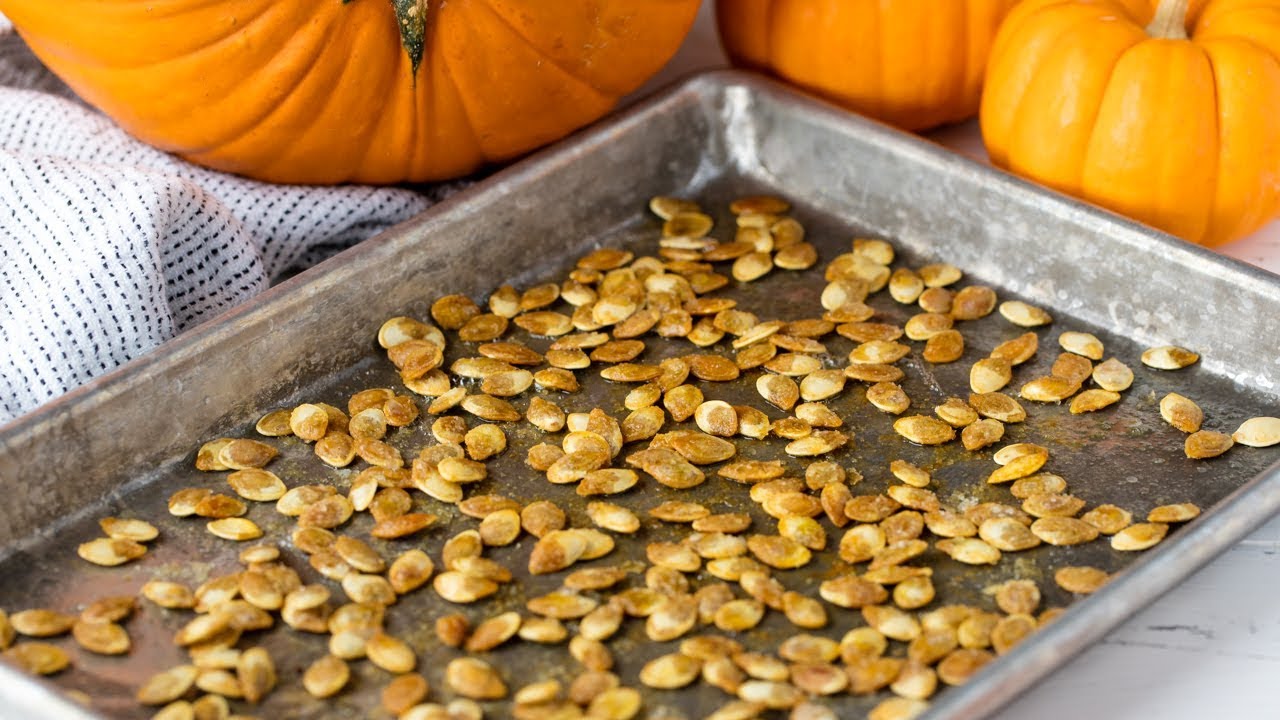

0 thoughts on “How Do You Keep Birds From Eating Grass Seed”